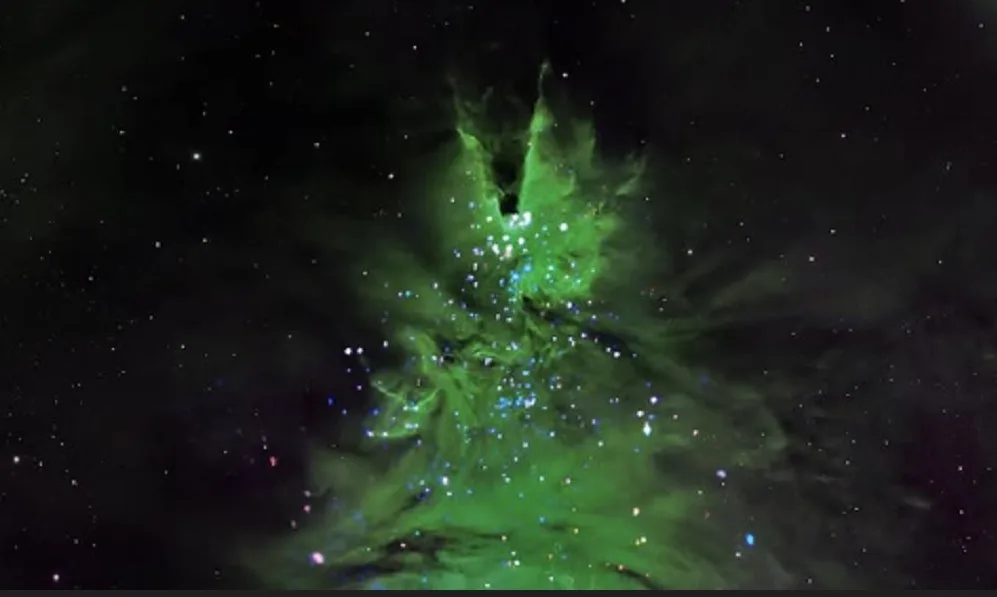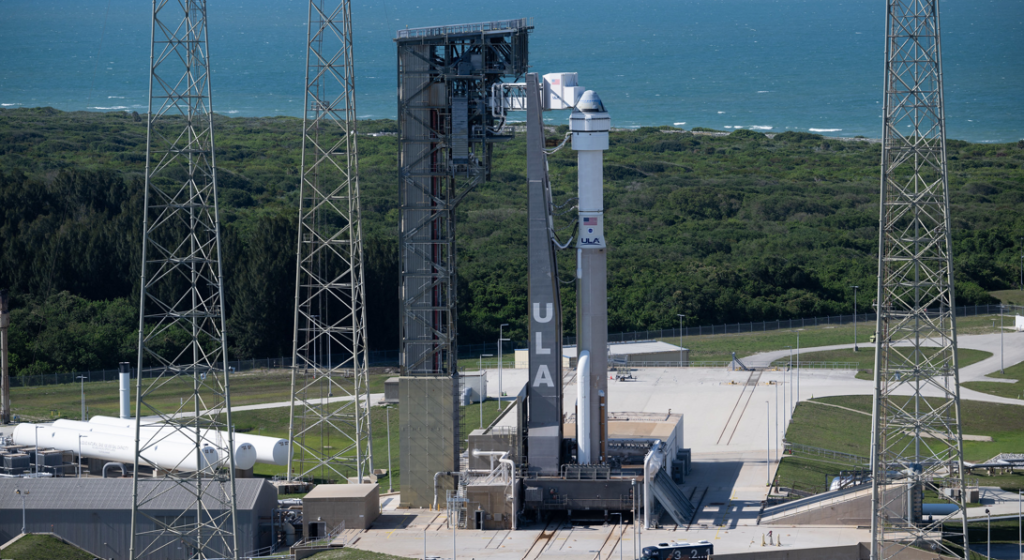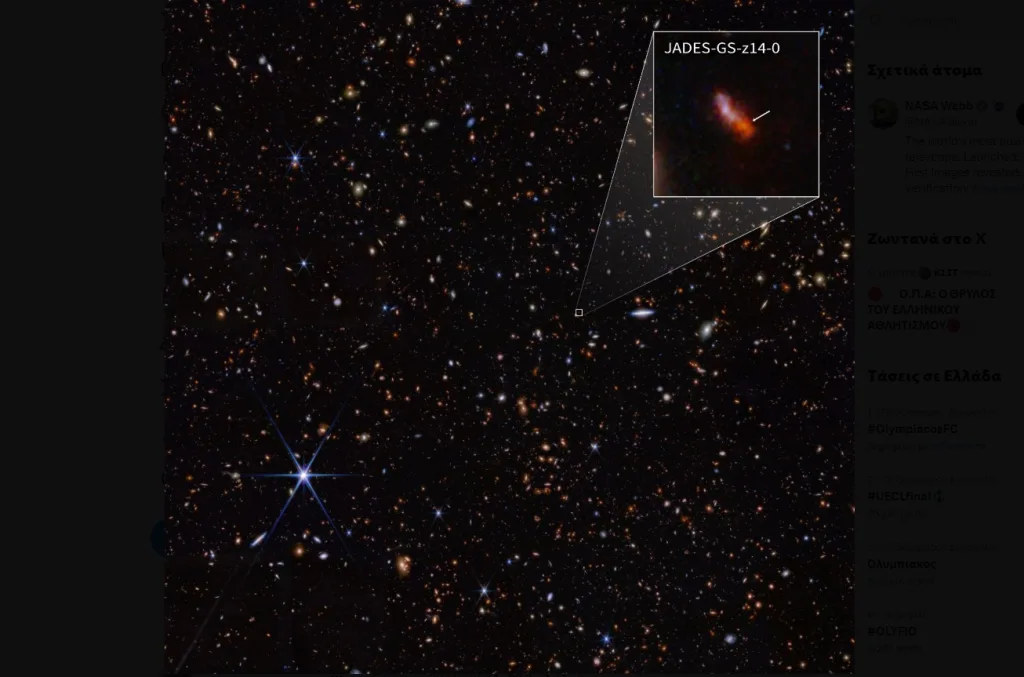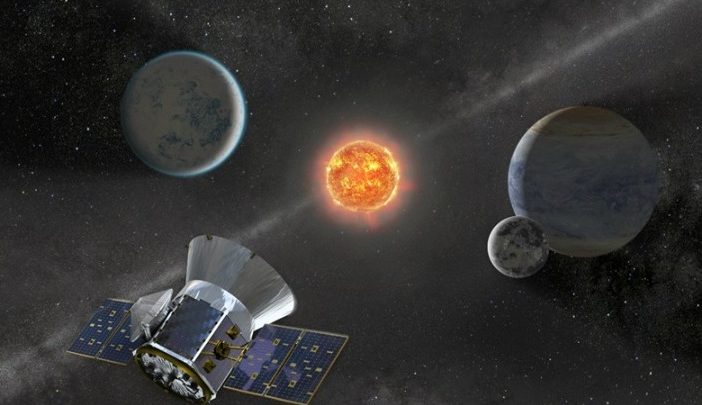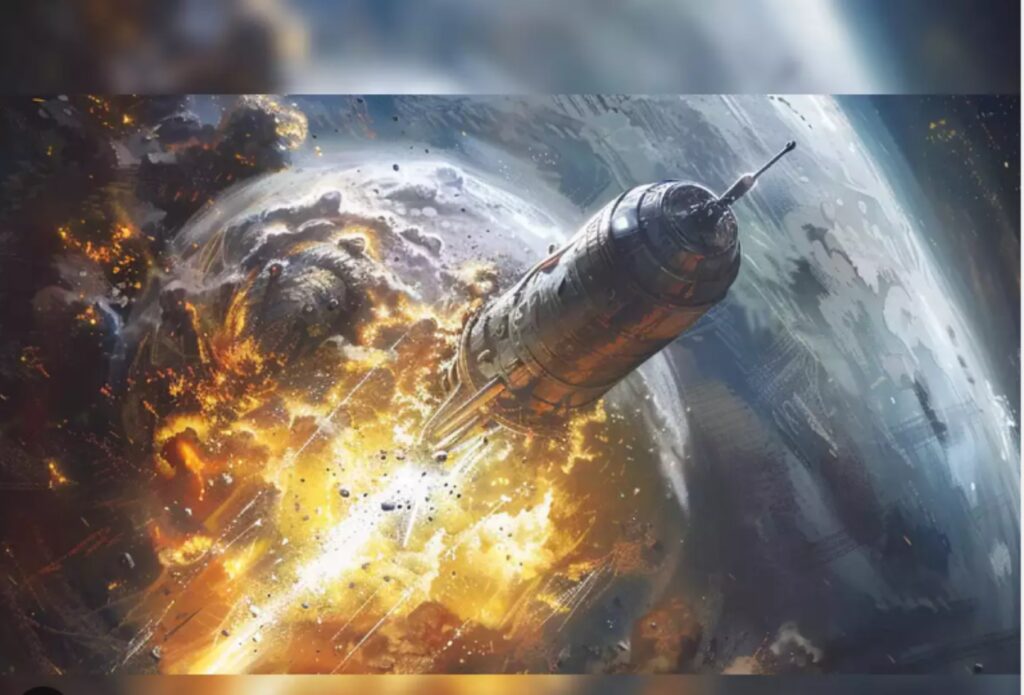Την πιο μακρινή συγχώνευση μαύρων τρυπών ανίχνευσε το James Webb
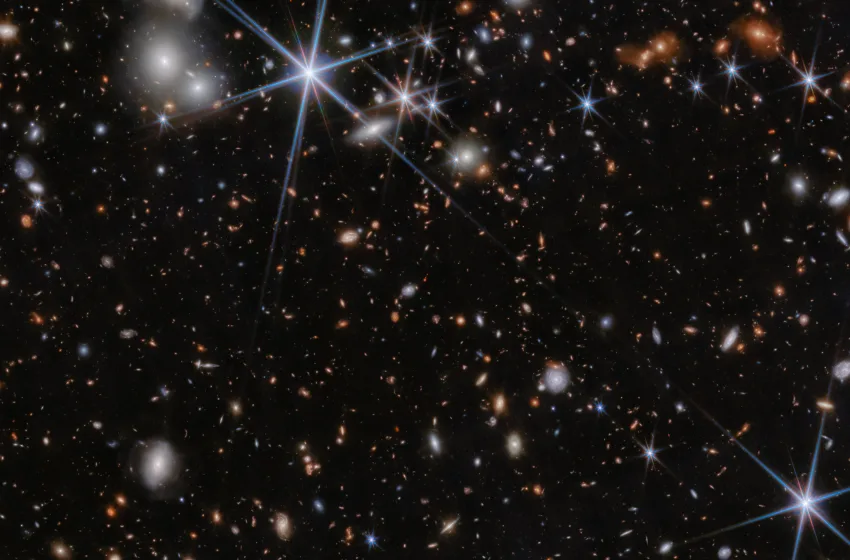
This image shows the environment of the galaxy system ZS7 from the JWST PRIMER programme (PI: J. Dunlop) as seen by Webb’s NIRCam instrument.New research using the NIRSpec instrument on the NASA/ESA/CSA James Webb Space Telescope has determined the system to be evidence of an ongoing merger of two galaxies and their massive black holes when the Universe was only 740 million years old. This marks the most distant detection of a black hole merger ever obtained and the first time that this phenomenon has been detected so early in the Universe. The team has found evidence for very dense gas with fast motions in the vicinity of the black hole, as well as hot and highly ionised gas illuminated by the energetic radiation typically produced by black holes in their accretion episodes. Webb also allowed the team to spatially separate the two black holes and determined that one of the two black holes has a mass that is 50 million times the mass of the Sun. The mass of the other black hole is likely similar, although it is harder to measure because this second black hole is buried in dense gas.
Αποδείξεις για τη συνεχιζόμενη συγχώνευση δύο γαλαξιών και των τεράστιων μαύρων τρυπών τους, όταν το σύμπαν είχε ηλικία μόλις 740 εκατομμυρίων ετών, εντόπισε μια διεθνής ομάδα αστρονόμων χρησιμοποιώντας το διαστημικό τηλεσκόπιο James Webb. Πρόκειται για την πιο μακρινή ανίχνευση συγχώνευσης μαύρων τρυπών που έχει επιτευχθεί ποτέ και την πρώτη φορά που αυτό το φαινόμενο έχει εντοπιστεί τόσο νωρίς στο σύμπαν.
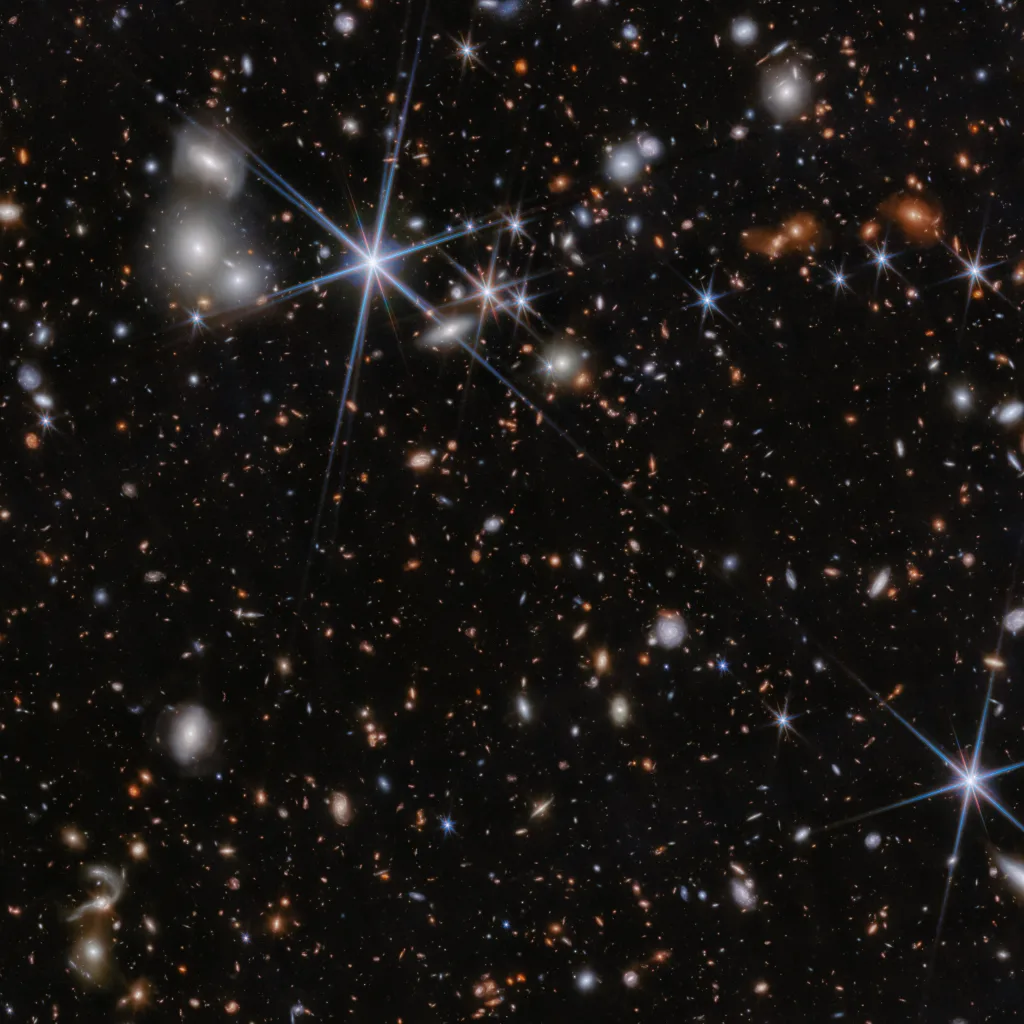
Η μία από τις δύο μαύρες τρύπες έχει μάζα που είναι 50 εκατομμύρια φορές μεγαλύτερη από τη μάζα του Ήλιου. «Η μάζα της άλλης μαύρης τρύπας είναι πιθανότατα παρόμοια, αν και είναι πολύ δύσκολο να μετρηθεί, επειδή αυτή η δεύτερη είναι θαμμένη σε πυκνό αέριο», εξηγεί ο Ρομπέρτο Μαϊολίνο από το Πανεπιστήμιο του Κέμπριτζ και το University College του Λονδίνου και μέλος της ερευνητικής ομάδας. Το γαλαξιακό σύστημα που παρατηρήθηκε είναι γνωστό ως ZS7.
«Τα ευρήματά μας υποδηλώνουν ότι η συγχώνευση είναι μια σημαντική οδός, μέσω της οποίας οι μαύρες τρύπες μπορούν να αναπτυχθούν γρήγορα, ακόμα και στην κοσμική αυγή. Μαζί με άλλα ευρήματα του Webb για ενεργές, ογκώδεις μαύρες τρύπες στο μακρινό σύμπαν, τα αποτελέσματά μας δείχνουν επίσης ότι οι ογκώδεις μαύρες τρύπες διαμορφώνουν την εξέλιξη των γαλαξιών από την αρχή», εξηγεί η επικεφαλής συγγραφέας της μελέτης Χάνα Ούμπλερ από το Πανεπιστήμιο του Κέμπριτζ.
Η ομάδα σημειώνει ότι μόλις οι δύο μαύρες τρύπες συγχωνευθούν, θα δημιουργήσουν βαρυτικά κύματα. Γεγονότα, όπως αυτό, θα είναι ανιχνεύσιμα με την επόμενη γενιά παρατηρητηρίων βαρυτικών κυμάτων, όπως η αποστολή LISA που εγκρίθηκε πρόσφατα από την Ευρωπαϊκή Υπηρεσία Διαστήματος.
Τα αποτελέσματα της έρευνας δημοσιεύθηκαν στο περιοδικό «Monthly Notices of the Royal Astronomical Society».
Η εικόνα από το πρόγραμμα JWST PRIMER, που δείχνει το περιβάλλον του γαλαξιακού συστήματος ZS7, όπως φαίνεται από το όργανο NIRCam του τηλεσκοπίου James Webb.
